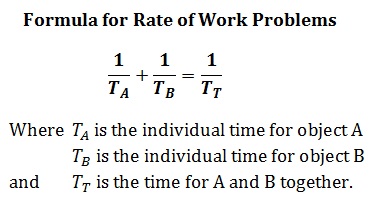


With a hypotenuse that has a length of 8 √ 1 0. 𝐹 and 𝐹 are two sides of a right triangle Is equal to three times the magnitude of the ⃑ 𝑗 component of ⃑ 𝐹. Product calculation, the ⃑ 𝑖 and ⃑ 𝑗 components of ⃑ 𝐹 must be determined.īecause ⃑ 𝐹 acts along the line of ⃑ 𝑐, The magnitude of ⃑ 𝐹 is given, but to use ⃑ 𝐹 in a dot mĭoes not equal the dot product of ⃑ 𝑑 and ⃑ 𝐹. Let us now look at an example where neither the components of the force vector nor the components of the displacement vector are directly given. Using the equation for finding the work done, we have that The displacement vector from the initial position to the final position is therefore The resultant force on the body is thereforeĪnd the initial position vector of the body is The 𝑥-component of the resultant force is given byĪnd the 𝑦-component of the resultant force is given by The forces are vectors and the resultant of the vectors canīe determined by summing the components of the vectors. Find the work done by the resultant of the forces. Now let us consider an example where multiple forces act on a body to produce a displacement.Įxample 2: Finding the Work Done by the Resultant of Two Forces Given Acting on a BodyĪ body moves in a plane in which ⃑ 𝑖 and The work done might instead increase the potential energy of the particle. If the energy of the particle is not conserved, Then the kinetic energy of the particle must decrease. If the energy of the particle is conserved, The work done by the force, 𝑊, is given by the dot product of the vectors,

Which is equal to the given position vector. To the stated position from the origin, and so the displacement vector of the particle is given by The question does not give a displacement vector, however, it gives a position vector. The work done by the force is the dot product of the force vector and the displacement vector of the particle. The particle moves from the origin to the point ⃑ 𝐹 = 9 ⃑ 𝑖 + ⃑ 𝑗 N acts on the particle. Example 1: Calculating the Work Done by a Force Acting on a Particle Where the Force and PositionĪ particle moves in a plane in which ⃑ 𝑖 and


 0 kommentar(er)
0 kommentar(er)
